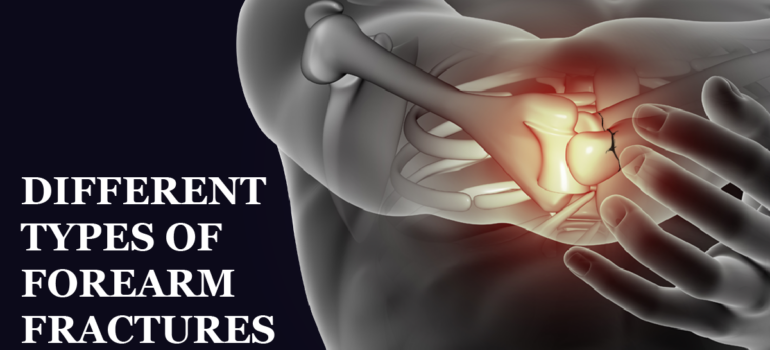All you have to know about Shoulder Arthroscopy
A surgical procedure used to visualize, diagnose, and treat various problems inside the shoulder joint and in the space surrounding is known as Shoulder Arthroscopy. This procedure is done through small incisions that allow the insertion of specialized instruments. An arthroscope is a pencil-sized tool, contains magnifying lenses and a light source. This is attached to a small camera that projects a clear image of the joint on a TV monitor which allows the surgeon to see all the structures inside the shoulder. It is used to treat a variety of common shoulder problems, including arthritis, impingement, rotator cuff tears and shoulder instability.
The Procedure
The arthroscopy is typically performed in an outpatient surgery setting. The anesthesia is used at the initial stage. Two or three small incisions, each the size of a coin, are needed to insert the scope and any necessary instruments. It is filled with sterile fluid to allow the surgeon to see more clearly. Mostly it takes less than one hour to perform. The patient will be given specific instructions about whether or not he/she is allowed to move immediately after the surgery. A proper rest, icing and anti-inflammatory medications will help decrease pain and swelling. The surgical area should be kept dry for the first 3-5 days. After this, simply change the dressings after bathing. Patients usually begin light exercise in 1 week.

Benefits
Benefits of arthroscopic surgery over those older open surgical techniques are-
• Minimal scars
• No overnight hospital stay
• Decreased pain and swelling
• Improved motion
• Quicker functional recovery
• Fewer risks and complications
Risk and Complications
Complications from arthroscopic surgery are rare. It may include bleeding, infection, blood clots, nerve or blood vessel injury, persistent pain and the need for further surgery. The most common reason patients experience continuing pain after arthroscopic surgery is from underlying damage to the lining cartilage of the joint.
This is the general information about Shoulder Arthroscopy. We recommend you to visit a doctor for proper guidance. We hope this information adds value to your knowledge. Watch out this space for more such information. Greetings for SYS Medtech International PVT. LTD.



















